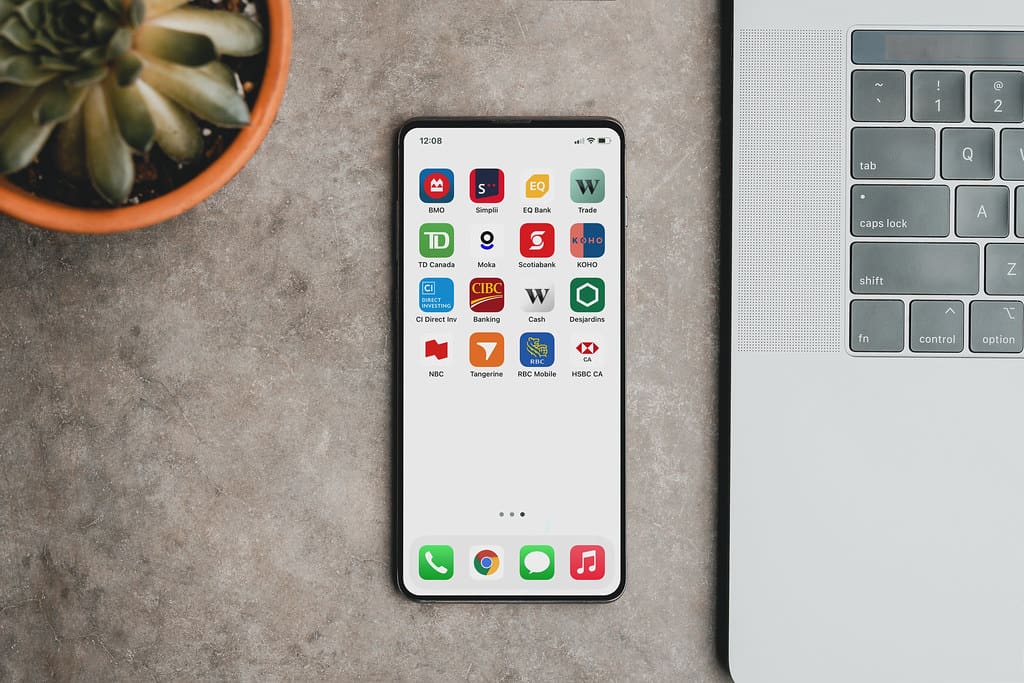“Simple can be harder than complex,” Steve Jobs once remarked in a 1998 Business Week interview.
This encapsulates the ideal user experience (UX) for your fintech app, in a way. Because while getting there must be simple, actually doing it is anything but.
It is challenging to achieve great UX. Because of this, the industry standard for 90-day app retention rates only ranges between 20 and 30%.
Although getting UX right is difficult, it is not impossible. Here are some recommendations to improve your chances.
Make the User Flow Simple
Simplify the user flow. The process of how you get from point A to point B should be as easy as possible for users, so they can focus on doing what we want them to do: use your app. It’s important that this process does not require too much thought or effort on their part–they should feel like they are already familiar with it when they sign up for an account or start using it. If there is too much complexity involved in getting started, people may become frustrated and give up early (which is bad).
Make sure there are clear paths between screens that lead to success/failure states based on user input or specific actions taken by the user (such as selecting an option). This will help ensure that users don’t get stuck somewhere along their journey because they didn’t understand what was happening behind-the-scenes (and possibly even caused by poor design choices).
Simplify the Copy
When it comes to copy, there are a few things you can do to make your app more user-friendly. One of the most important things is to use a clear, concise and easy-to-read font so that users can easily understand what you’re saying. Also, make sure that all of your copy is consistent in terms of layout and color scheme.
Also consider using images for any important information such as pricing options or features; this way they’ll be more memorable than just having text alone. If possible, add videos which will help reinforce what’s written in the text by showing people how something works instead of telling them about it through words only.
Make the User Face Attractive
Many people think that finance is uninteresting. In addition, many types of financial software have a sterile, almost corporate appearance, which contributes to the problem along with the convoluted language.
For instance, the Fisdom app developers discovered how uninteresting and unoriginal fintech apps appeared when they researched their competitors:
One of the best ways to enhance your UX is by designing a visually appealing user interface. It makes your app more enticing and enjoyable to use, even when performing challenging tasks.
Additionally, images can have a deeper psychological impact on your audience.
For instance, research has demonstrated that the color blue has a calming effect that can promote trust. It is for this reason that many large corporations, including banks, incorporate it into their branding and logos.
This information can be helpful to you as you choose the color scheme for your app. There are many more ways to add a little excitement to your user interfaces.

Make Data Entry Easy
In addition to making data entry easier for users, there are many other ways you can improve UX by using design patterns that make life easier for your customers.
One common problem is having too much information in an app; this often happens because companies want their apps to be “everything” rather than focusing on one thing at a time. You may think this is good but it’s actually bad because it makes people frustrated and annoyed with their experience as well as prevents them from finding what they’re looking for quickly enough–which means more clicks later on down the road.
To solve this issue, we recommend breaking tasks into smaller chunks that are easier for users to complete over time instead of trying everything at once. This helps reduce any feelings of being overwhelmed while also fostering better focus by requiring less mental energy overall than traditional methods like multiple fill-in fields at once would require.
Add Gamification to Fintech
Gamification is a strategy that rewards users for completing tasks. The goal of gamification is to encourage users to complete certain actions, such as sharing their data or participating in polls. For example, you could use game mechanics to encourage your users to share their credit card information so you can verify their identity before they can start using your app.
If you want people who use your fintech app to feel like they’re playing a game rather than just doing something boring and tedious (like filling out forms), then adding gamification will work wonders.
Don’t Forget About Device Adaptability
Device adaptability is another overlooked aspect of UX design for fintech apps. The ubiquity of these applications means that users expect them to work, regardless of the device they’re using.
When developing your app’s user interface, it’s important to consider not only the resolution size but also what kind of device it may be displayed on. You can do this by testing different variations on your website or mobile app so you get a feel for how responsive it will be across various platforms (iOS vs Android).
This process requires understanding how native vs cross-platform apps are developed as well as learning about accessibility issues related to screen size/resolution differences among devices like smartphones and tablets versus laptops or desktops where larger resolutions can cause legibility issues when reading text at small font sizes due at least partially because those same low-resolution screens often have fewer pixels per inch than higher-end displays.
Takeaway
According to studies, 58% of all website banking content is reportedly too complex for the typical consumer to understand. User interface (UI) and user experience (UX) design have the power to make or break your company. If you get these right, the rewards are significant: a better customer experience, increased brand trust and loyalty, and a seismic impact on your bottom line.



